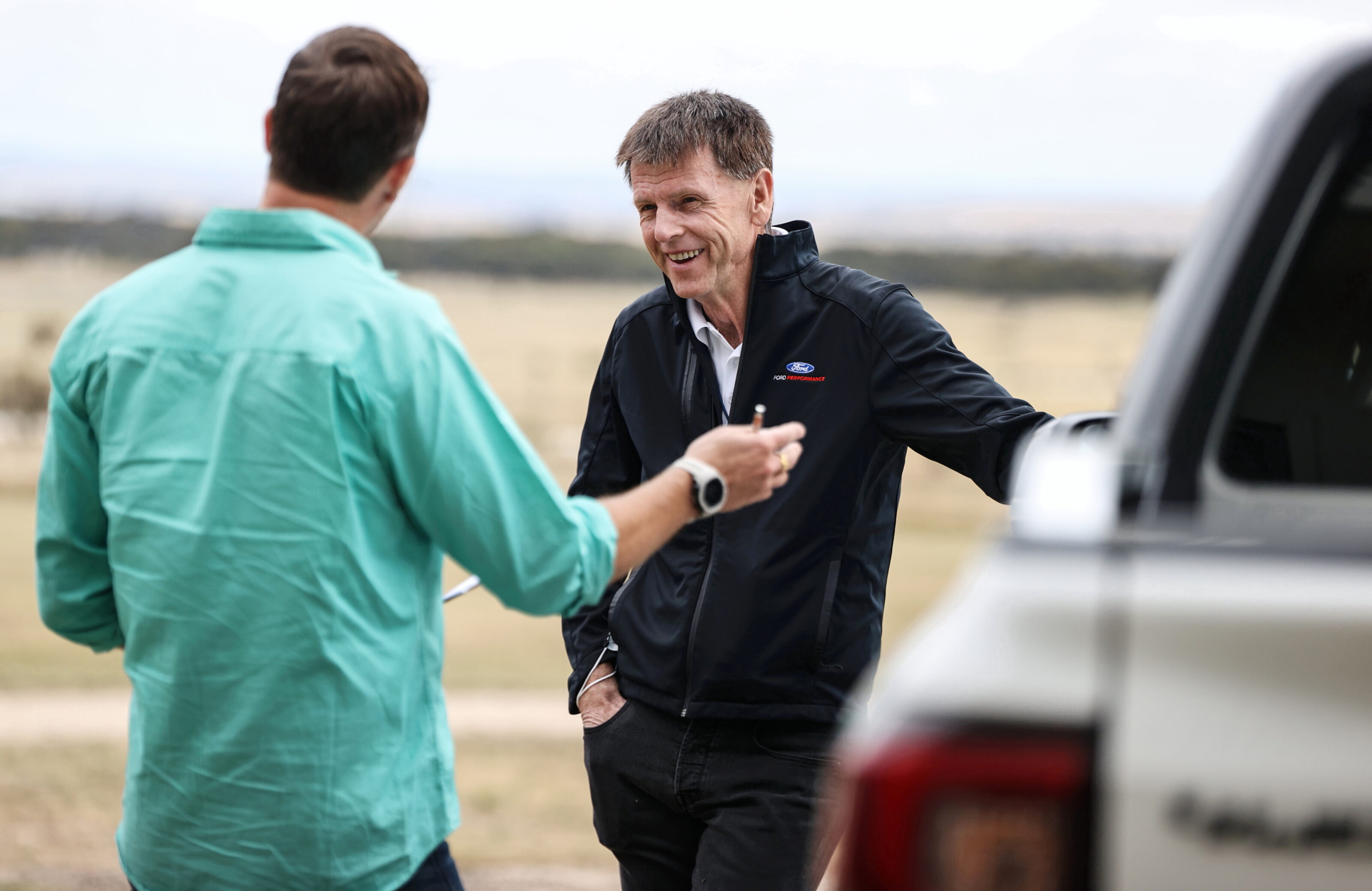Trevor Worthington arrives at the gate of the Ford Proving Ground driving a Twister Orange Mustang Mach 1 and, as far as metaphors go, it’s not a good one. Unlike the lurid coupe he’s piloting, Worthington is a humble bloke and doesn’t shout about what he does, and I wonder how many drinks it would take before the mild-mannered Aussie finally hinted he’s one of the biggest names in the global automotive landscape.
No-one alive today deserves greater recognition for some of the Blue Oval’s most successful models, while Ford Australia’s rise to a developer of global models can also be largely attributed to the current vice president of global product development operations and vehicle programs.
But while Worthington now resides nearer Ford’s heartland in the USA, the engineer started out in a tiny Victorian town near the NSW border. When his family moved from Tallangatta, population 1000, to “the big smoke” Benalla, the aspiring engineer gained two sources of inspiration. Just out of town, Winton Raceway provided the automotive spark, while the Gliding Club of Victoria was an aero allure on his doorstep.

Worthington went on to graduate from RMIT Melbourne with a degree in aeronautical engineering but ultimately, it was the terrestrial that won over celestial. Worthington still has a fond affection for flying machines, but the passion and diversity of cars and trucks is what cemented a lifelong career – even if a racing tenure narrowly passed him by in the mid-1980s.
“I built a road-registered race car when I first joined Ford,” he tells me. “A Mazda RX-3 with 12A peripheral, Volvo brakes; it was a ball-tearer. Unfortunately I built it and raced with a guy called Ken Douglas. He broke every lap record in my car, I was nowhere near that good and then I got sent on my first overseas assignment.”
The promising young engineer wouldn’t return to Australia with Ford for many years, but a trail of significant models mark his progress as he rose through Ford’s ranks of product development and strategy.
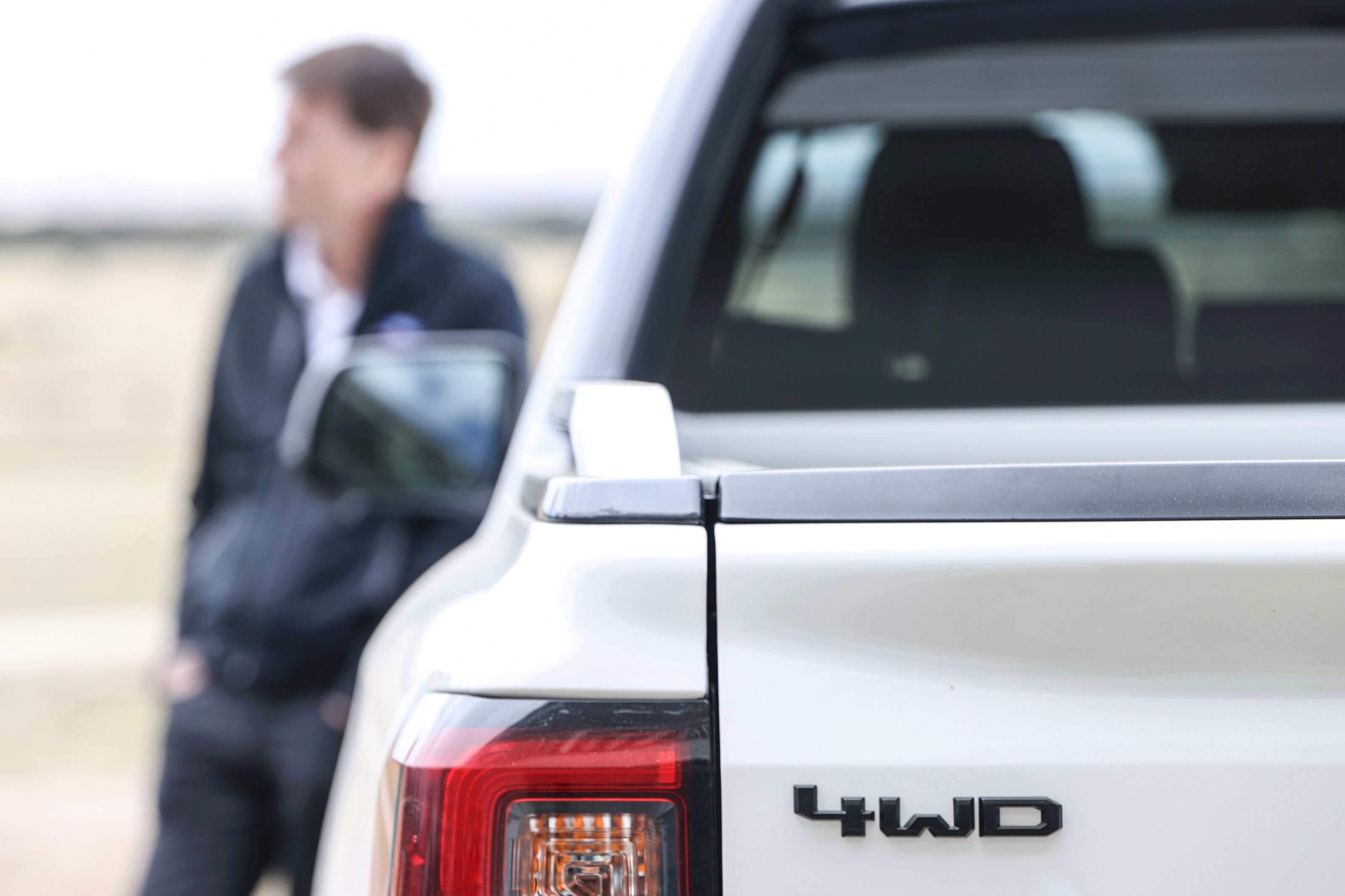
Among them were tenures as Asia Pacific vehicle line director, head of Asia Pacific and Africa product planning and strategy and, prior to his current role which he took in 2018, Asia Pacific product development vice president. But it was in 2000 that Worthington made the biggest blue mark on the Australian automotive landscape.
On the surface, the thriving market he returned to from the US appeared to be happy and healthy with home-grown Falcons and Holden Commodores flying out of showrooms, but the tide was turning and Worthington sensed “Australia was at a bit of a crossroads”.
“You’ve got to skate to where the puck is going to be,” he said. “When I came back in 2000, the writing was on the wall. The large car segment was declining and there was nothing anybody could do about that.”
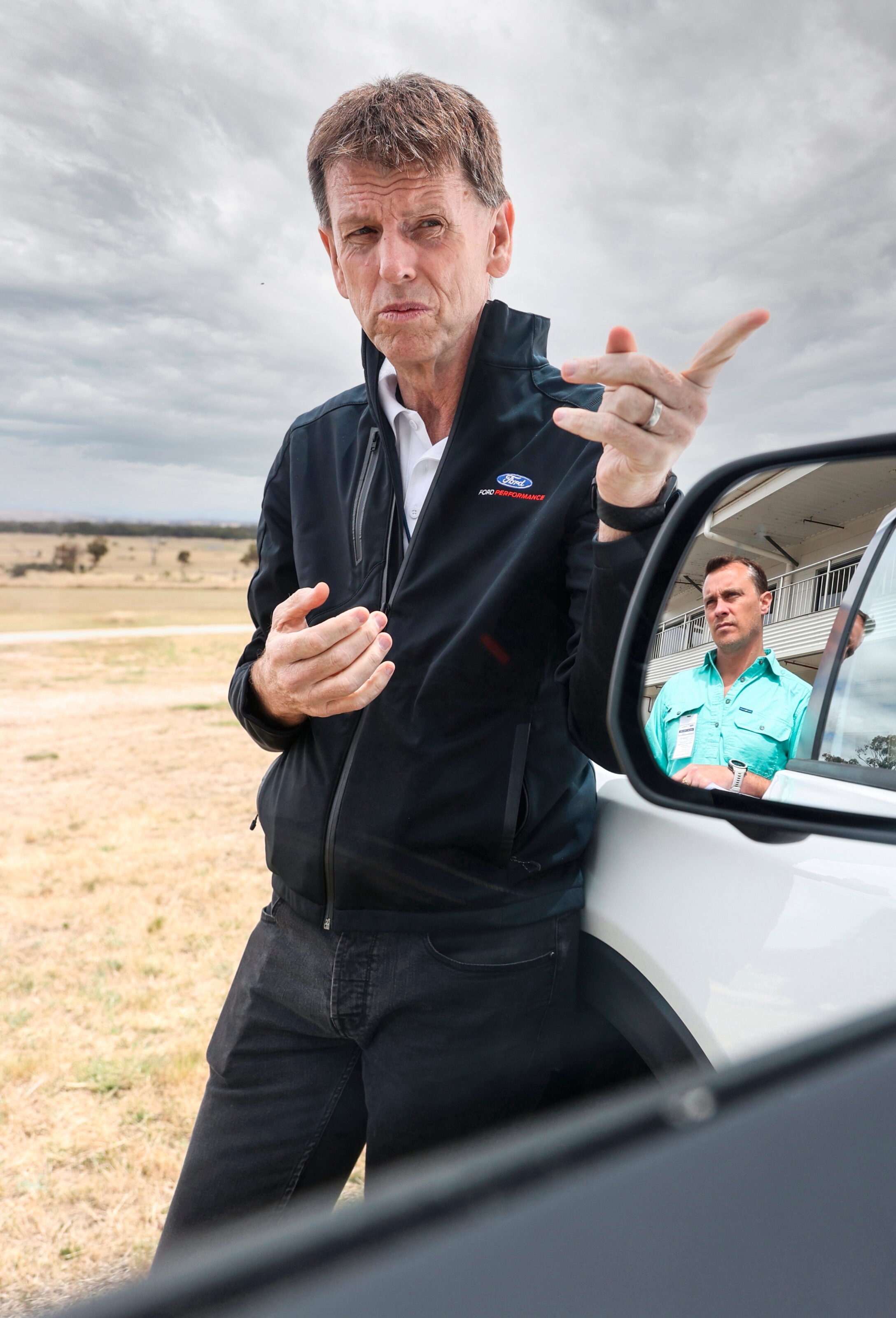
“If the vision for the Australian team was just developing Australian product for Australia then I’m not all that interested, but if the vision is we want to make something [global] out of this, then I’m up for it.”
Worthington rallied a crack team of engineers headhunting in the UK and Europe, the You Yangs centre facilities were updated and a plan to put Ford’s development centre on the map globally was hatched. But this would be a long game: “It wasn’t zero to hero, we had to build our competence.”
The competence-proving process started with small cars that made a big impact. The team tackled emerging markets including India with the Figo compact hatchback. Before the little three-door had turned four, it had already found 300,000 customers. It was a similar story for the India market Fiesta four-door sedan, while the team created similarly popular affordable models for the Chinese market as well.
Over the first five years, the Australian team was frequently visited by the late, great Richard Parry-Jones who coached the newly forged band and added to the wealth of Ford experience under Worthington’s direction. As head of Ford’s global research and development operations, Parry-Jones’ Ford history spanned back to 1969.
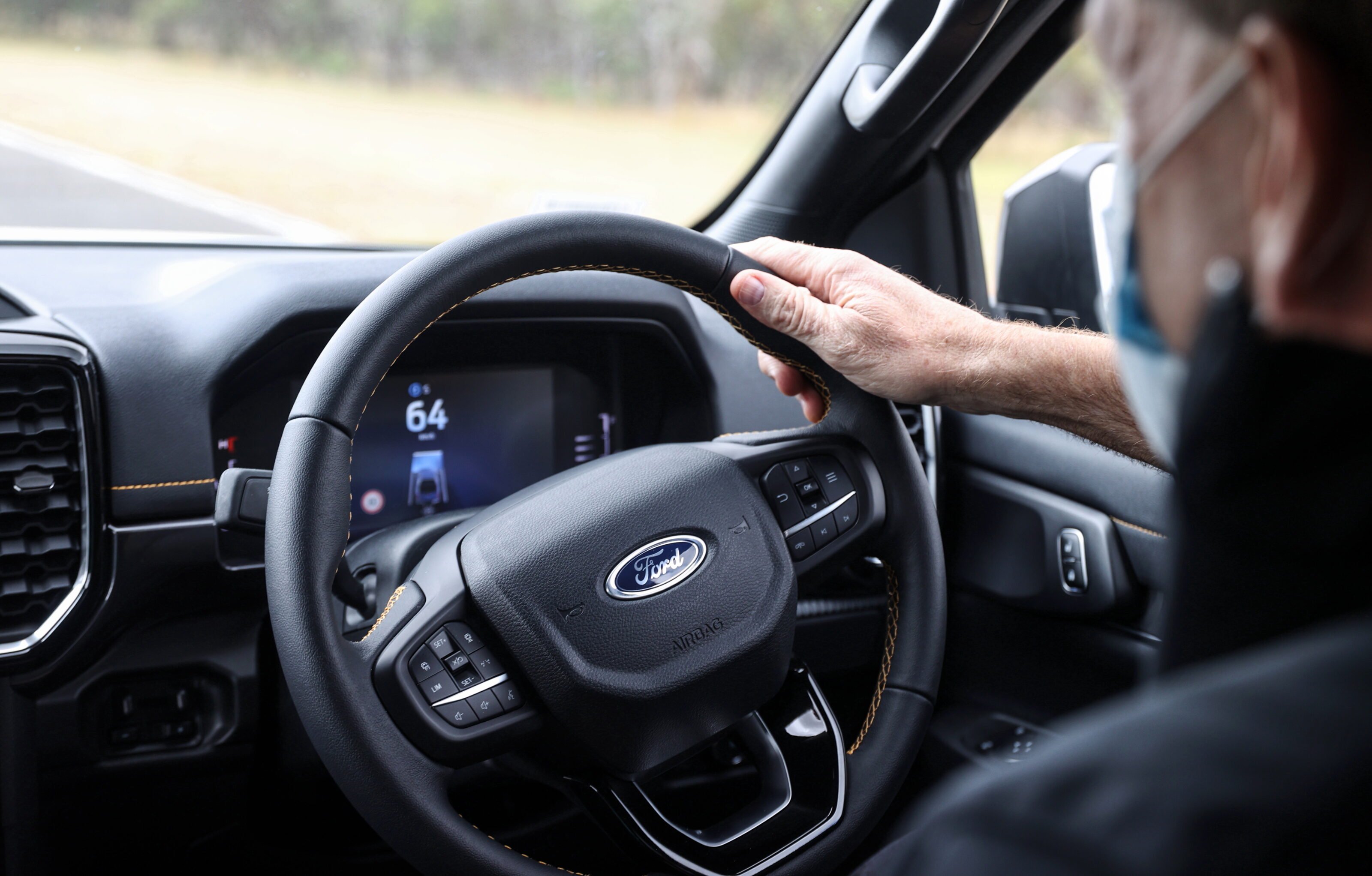
Worthington remembers the British engineer with respect and fondness, crediting him with much of his own success. While the Australian team was busy rolling out crowd-pleasing cars for other markets, it had also been toiling with a new top-secret native model and in 2004, the Territory broke cover, but Worthington explained that the large SUV required an almost impossible brief.
“Territory was born out of: I want car handling, flexibility of a people mover (but wouldn’t be seen dead in a people mover) and the image of an SUV.
“We had this fantastic chief engineer Russell Christophers who had a very active lifestyle and really related to what those customers were saying. They got to work and found it was possible.”
The Territory was a hit. It took out the Wheels Car of the Year in 2004 and brought widespread praise from the public and media alike, but despite its strengths, Ford’s manufacturing days in Australia were numbered and Worthington’s team had to find a way to save the centre.
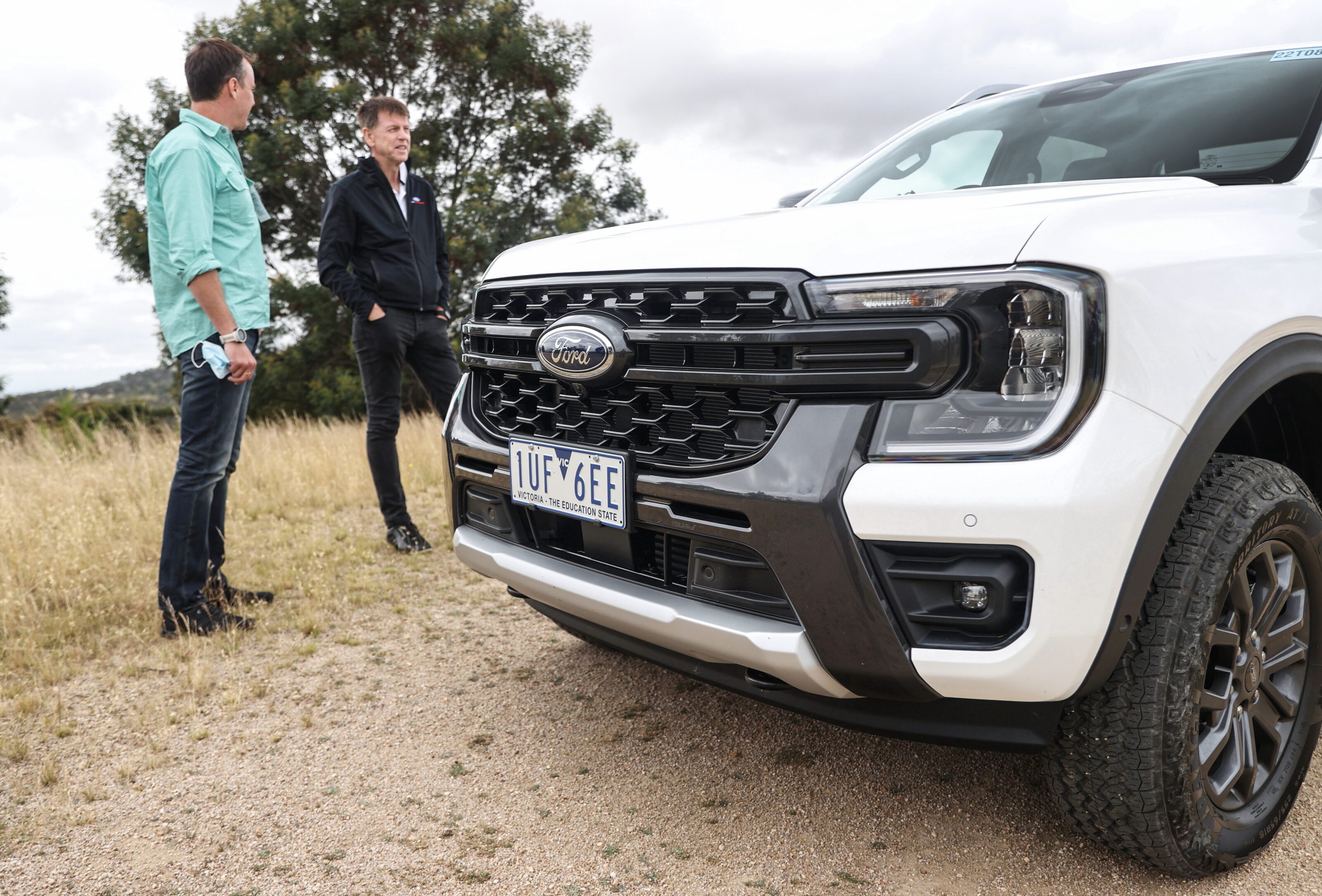
We had to find a different range of products to engineer otherwise what happened to Holden would have happened to us”
“I knew we had to find a different range of products to engineer otherwise the same thing would have happened to us that happened to Holden, I’m sure.”
Worthington revealed that Ford Australia’s fate had never come close to that of Holden when it withdrew all local development operations in 2020 “because we’d become necessary”. The constant stream of impressive models emerging from a 2300-acre facility Down Under was not going unnoticed by Ford’s Michigan head office, and in 2008 the team saw its first opportunity to make an impact on a global scale.
Until then, Ford’s ‘mid-size pick-up’ “had been seen as a local product” but Worthington had grand aspirations for the model and a plan to launch it as a more universal proposition. More than a decade after it launched, the Australian-developed Ranger is sold in 180 markets around the world and built in Asia Pacific, South America, South Africa and two plants in North America. It is undeniably the global model Worthington dreamed it could be, but it’s only just getting started, he says.
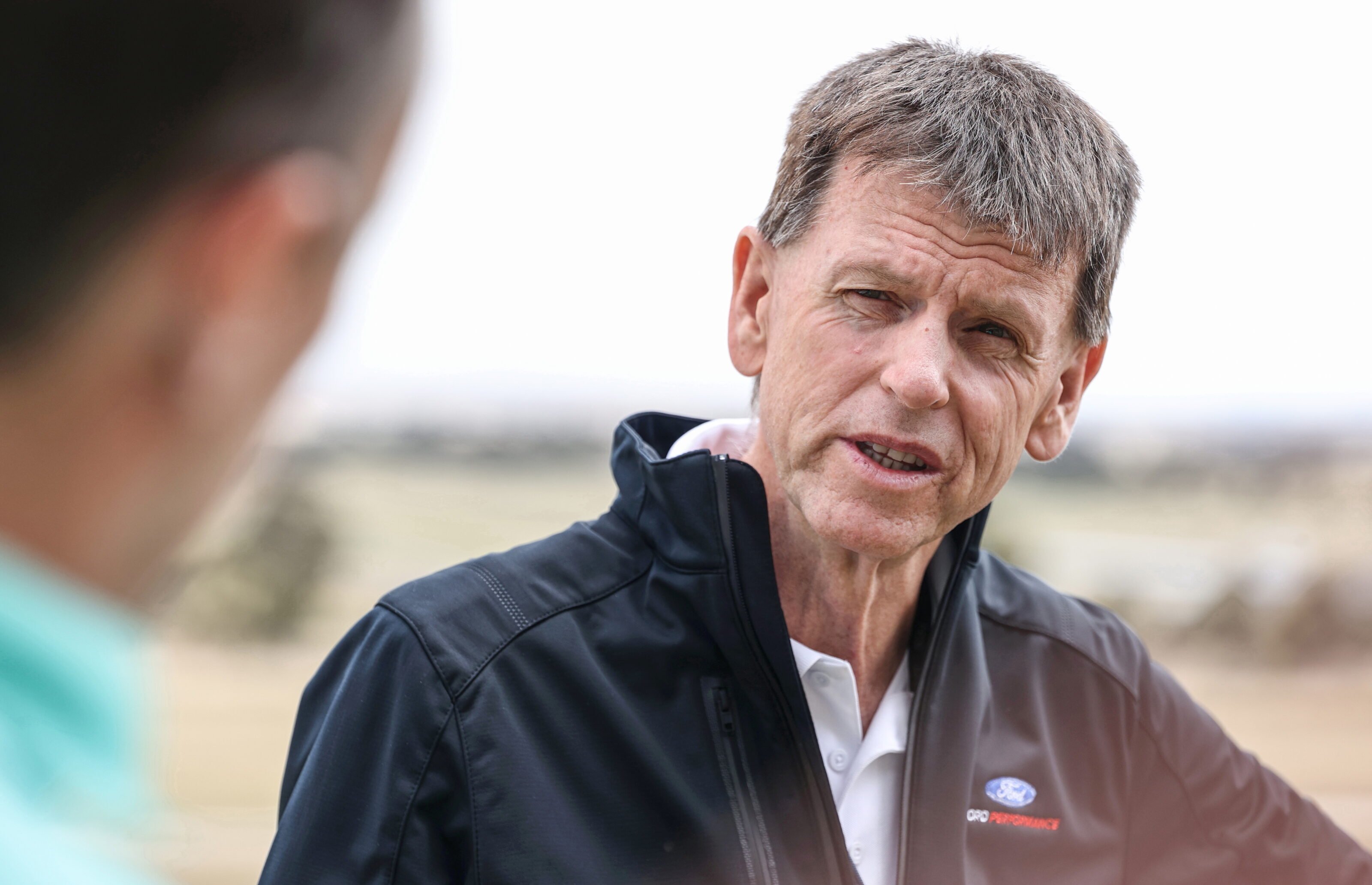
“There is no resting on laurels, there’s only learning from what we’ve done. And look out – all the stuff involved with the next one is much better.
“There are many things we did with Bronco that we knew would serve us well with Ranger. Approach and departure angles, towing system, stiffness, new powertrains, crash safety.”
But if you think powertrains shared with the Bronco means a V8-powered T6.2 Ranger is on the way then think again. Worthington doused hopes that the next Raptor might get muscle-car power for numerous reasons including government penalties and high insurance and running costs for owners.
“The question really is – why would you?” he said. “We’ve had a Coyote engine in one of these and it went like a cut cat, but we’ve all got a social responsibility. I believe in global warming and I believe the Paris Accord is something that we’ve really got to deliver to. We can deliver what the customer wants with the most efficient vehicle from a CO2 perspective.
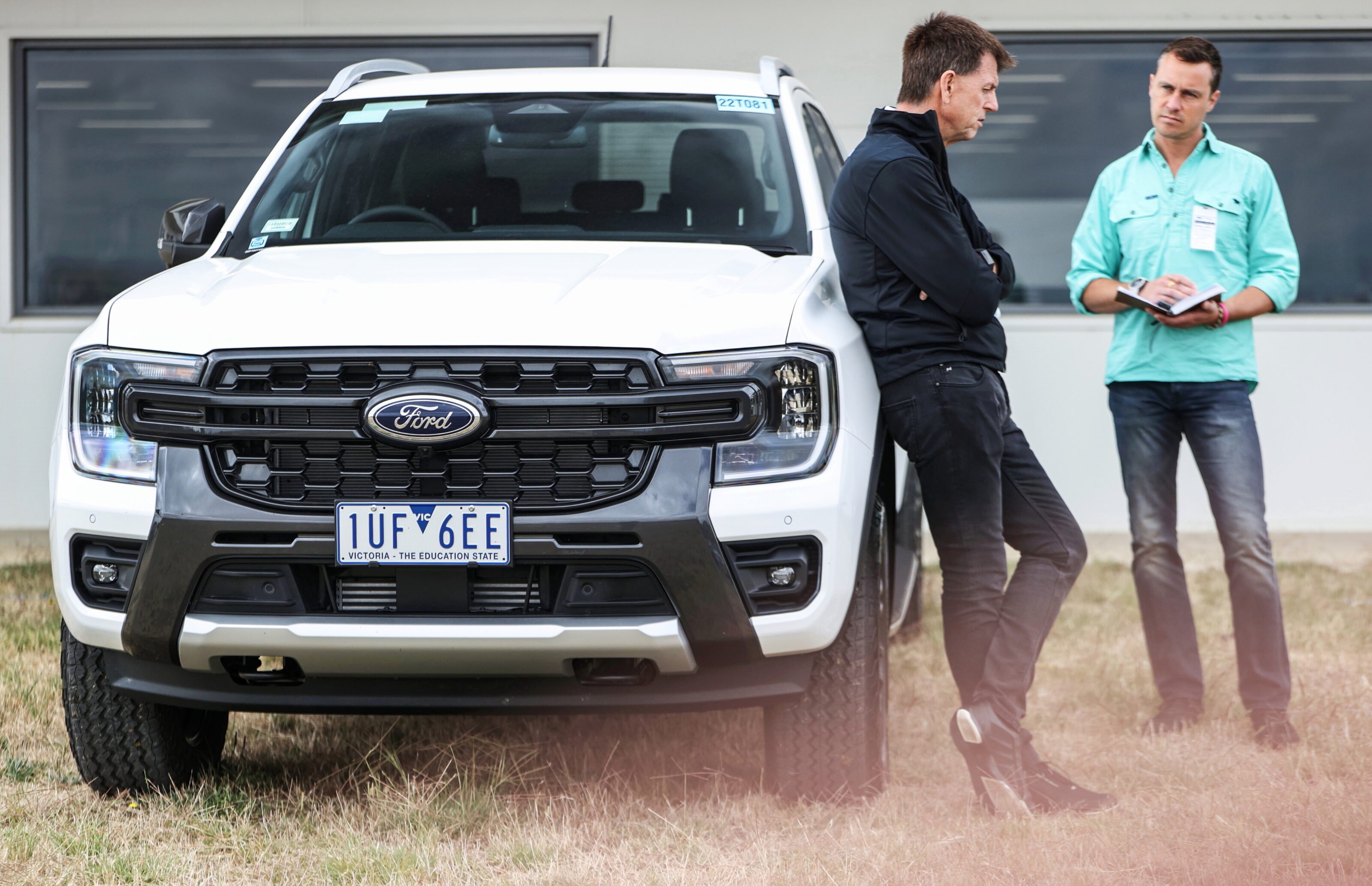
“We had a Coyote engine in one of these [Rangers] and it went like a cut cat, but we’ve all got a social responsibility”
“I would have loved to see more performance in the (previous-generation) Raptor but it didn’t stop punters buying it. You’ll see in about a year’s time looking back, you’ll say wow, that made a lot of sense. We know what we are doing.” While Worthington wouldn’t be pressed on further specifics, fortunately you can read all the nitty gritty details in our Ranger Raptor reveal.
“Electrification is in our future and we’ve future-proofed this architecture so it can do whatever we choose to do – it could do a hybrid, a plug-in hybrid or a BEV.
“Mid-sized pick-ups are one of those segments that’ll take a bit longer but it’s going to get there for sure.”
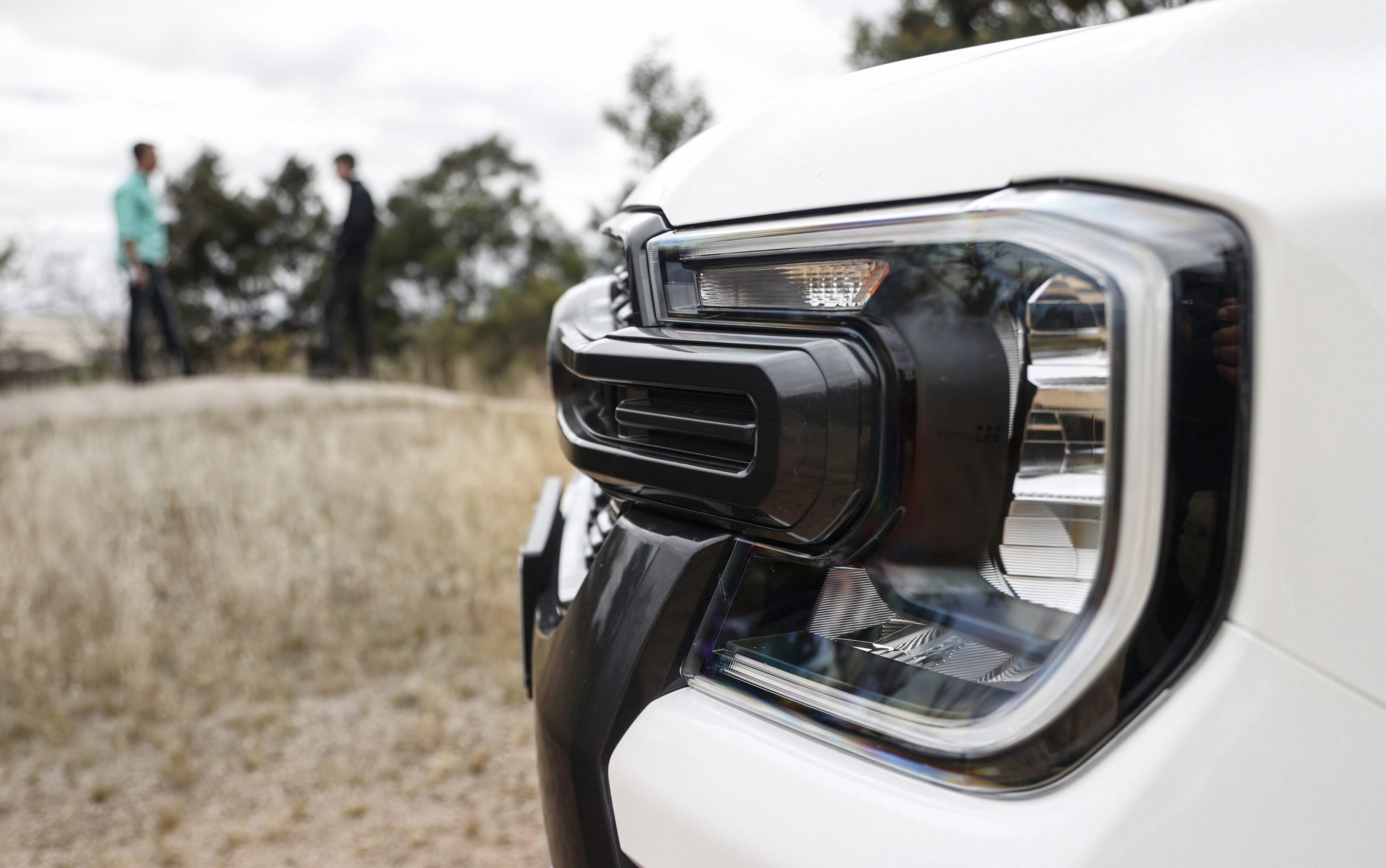
Given the success, patriotic subtext and longevity of the project, you might expect Worthington to list the Ranger as his favourite Ford accomplishment but, true to form his greatest achievement is not a car at all, he says.
“Everyone has to find their own place. I’m really happy with what I’ve done and the contribution I’ve made. Making sure people are looked after and can be their best is easily the most rewarding thing I’ve been a part of.”
“The secret is to surround yourself with the best people. Then make sure those people know that if they need help or there’s something you need to know about, you create an environment where bad news is okay. Once the problem is on the table we can fix it.
“This phone unfortunately works 24 hours a day,” he says with his dry humour.
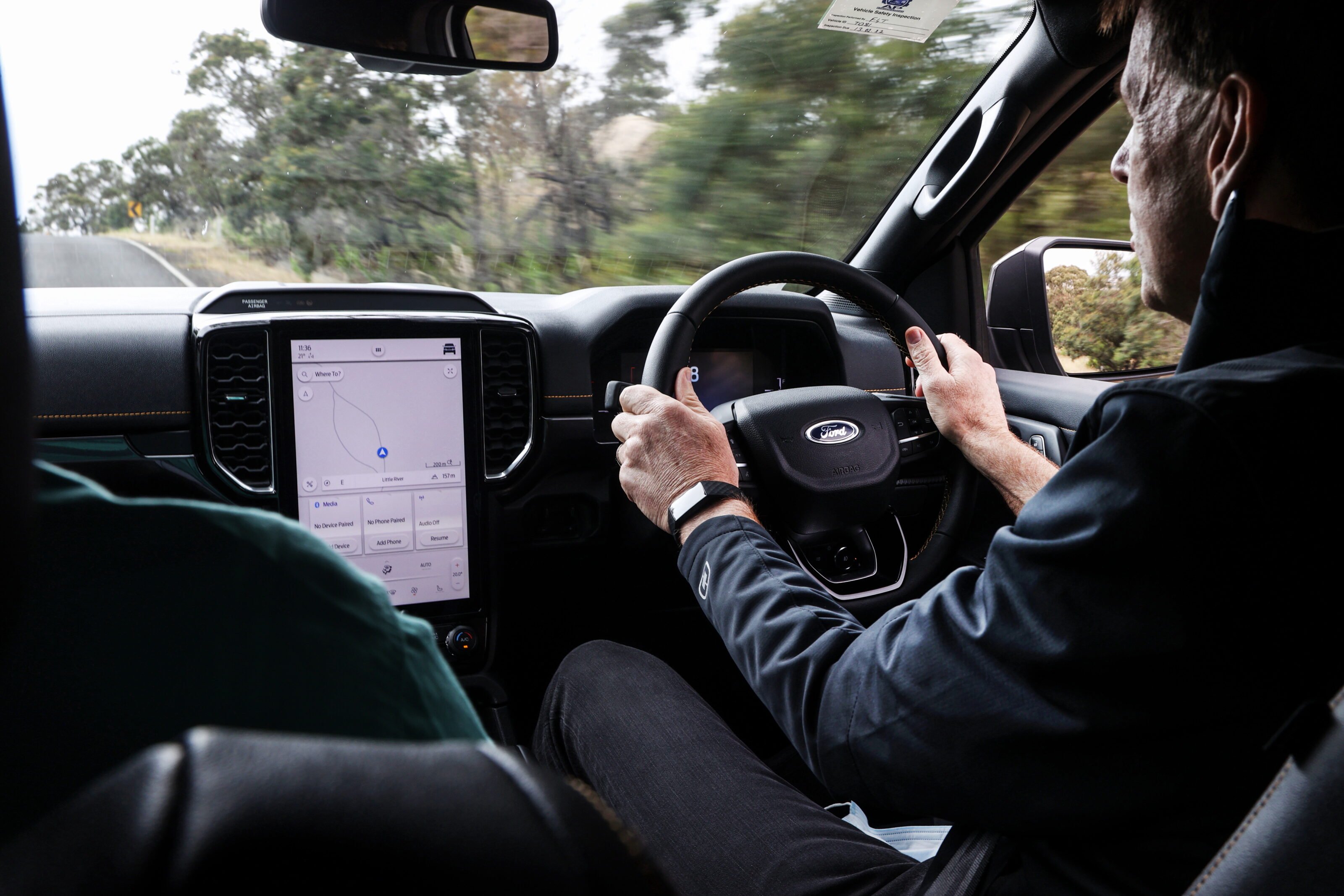
Toward the end of our meeting, we load into a 2022 Ranger Wildtrak before detouring up a steep unsealed track to show off the view from the highest point of the proving ground facility. It feels surreal to survey this closely guarded and secretive centre of excellence from such an advantageous position but Trevor Worthington has revealed a few more of its tremendous accolades – even though he rarely allows himself the same recognition.
But as we’re taking in the stunning panoramic vista from Port Phillip Bay to Mount Macedon he seems to momentarily take off the engineer’s hat and speak with more emotion.
“One of the reasons this team is here is that Australian engineers are probably the most adaptable, versatile, flexible and committed of any of the engineers we’ve got. Our responsibility is to make sure the proving ground is always here”.
“Australian engineers are the most adaptable, versatile, flexible and committed of any engineers”
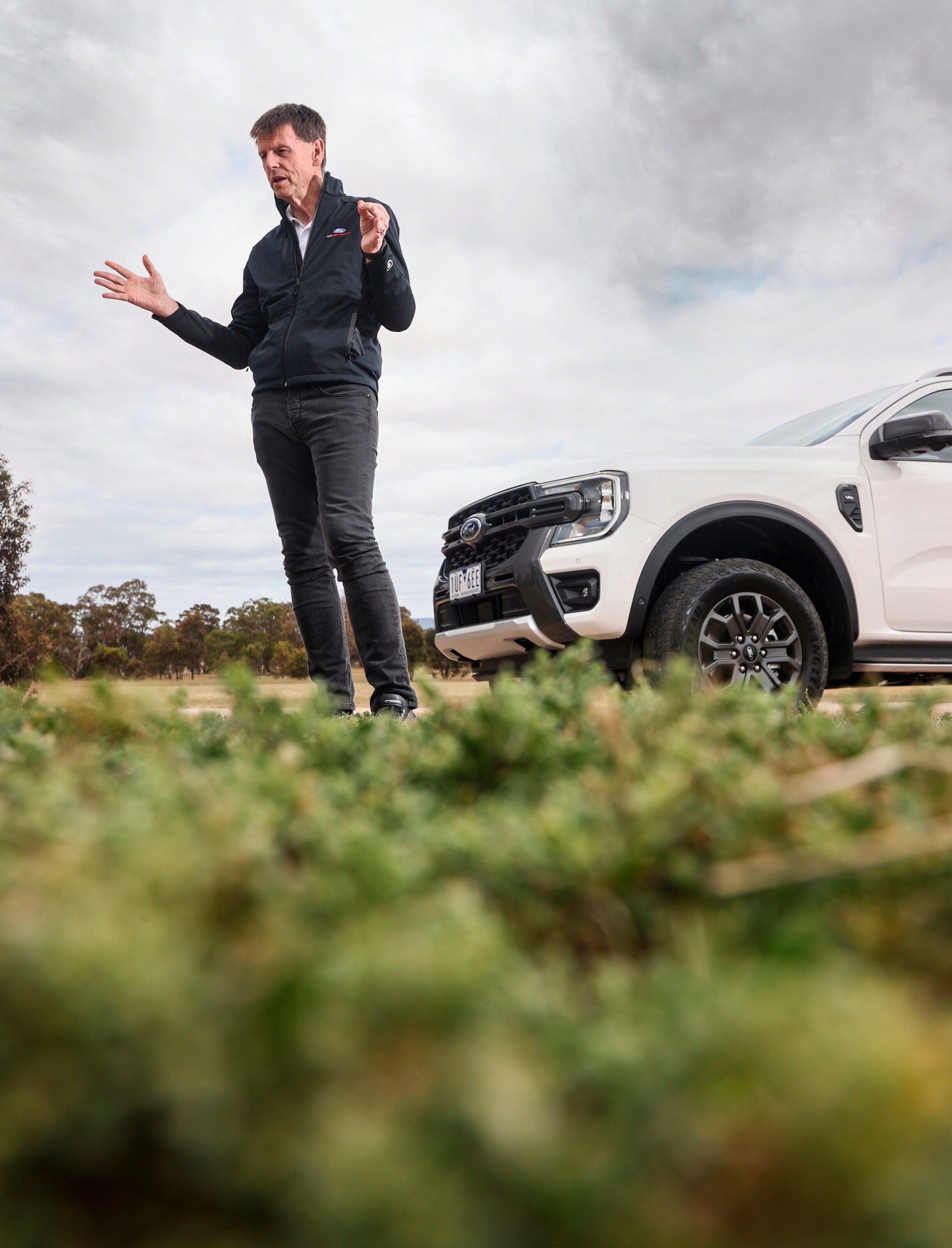
Sneak peak: Nice knobs
Few vehicles underscore the impression Worthington’s legacy has made on Australia like the new Ranger, developed and designed right here in Ford’s local post-manufacturing era. As we tour Ford’s You Yangs proving ground he delights with what his team has achieved and takes time to point out his favourite features in the Wildtrak we’ve brought along.
Take the revised placement of air vents up high on the centre console and in the rear row: “The team has done a fantastic job of putting hard switches where customers said they want them,” he adds in reference to the volume, fan, and temperature dials. “I love it.”

Trev’s Dream Shed
You’ll need to guess which one he owns – we promised to keep it secret
Daily drive: Fiesta ST
“I’ve been doing this for 37 years and I can honestly say the best daily driver I’ve ever driven is the Fiesta ST.”

Track day: Ford GT
“It’s clearly a mission-driven vehicle. Just ridiculous in the right way – I’ve never driven anything like it.”
Weekend: 1965 Shelby GT350
“It’s got a 289 engine, manual and a noise that’s like nothing else. It’s fun whether you’re going 20 miles an hour or 140.”
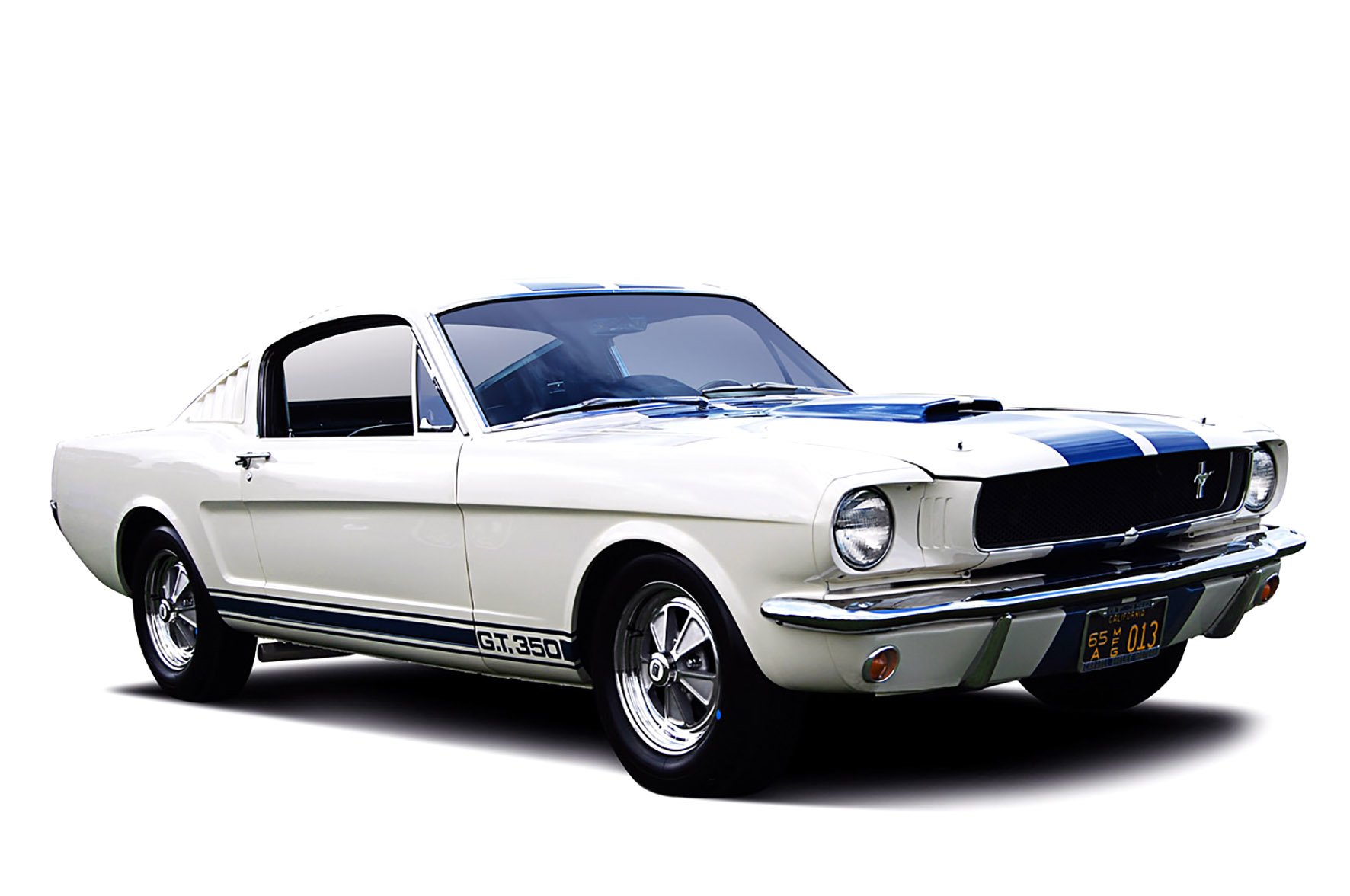
We recommend
-
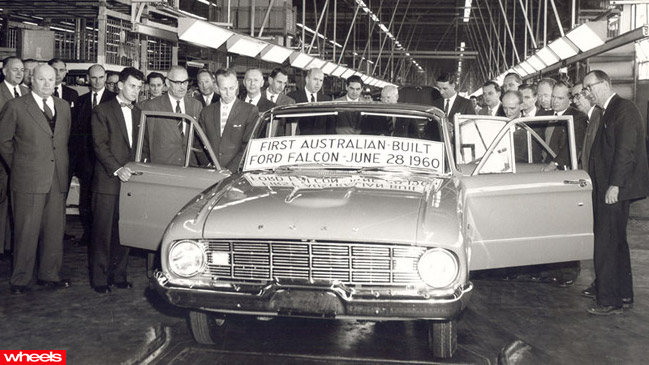 Industry
IndustryFord Australia timeline
Wheels looks back at the history of Ford Motor Company in Australia.
-
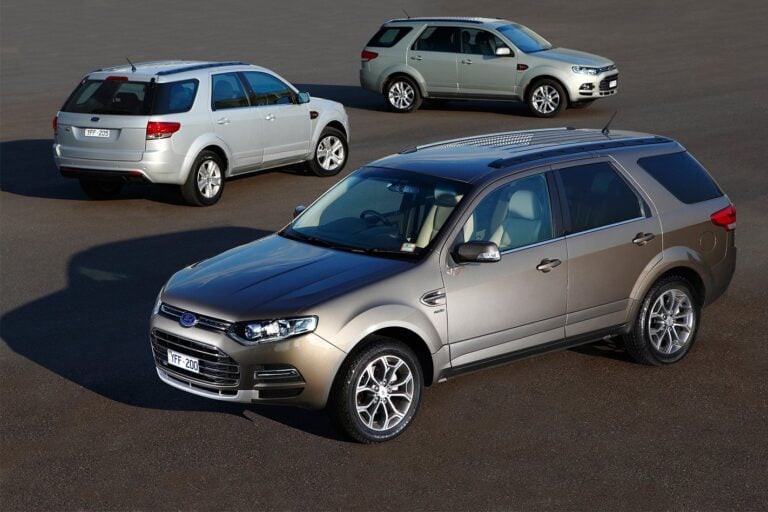 News
NewsLast Ford Territory leaves the showroom
After almost 14 years, Ford’s game-changing SUV has finally sold out
-
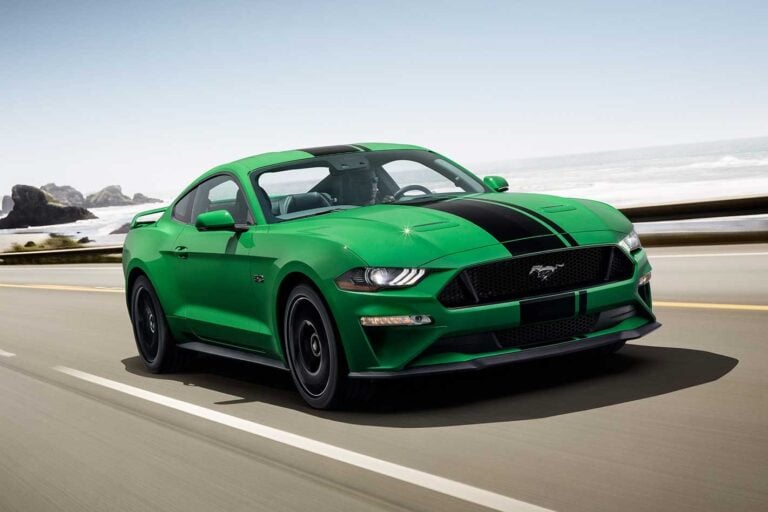 News
News2019 Ford Mustang updated for Australia
The MY19 pony includes a couple of extras that buyers might appreciate


